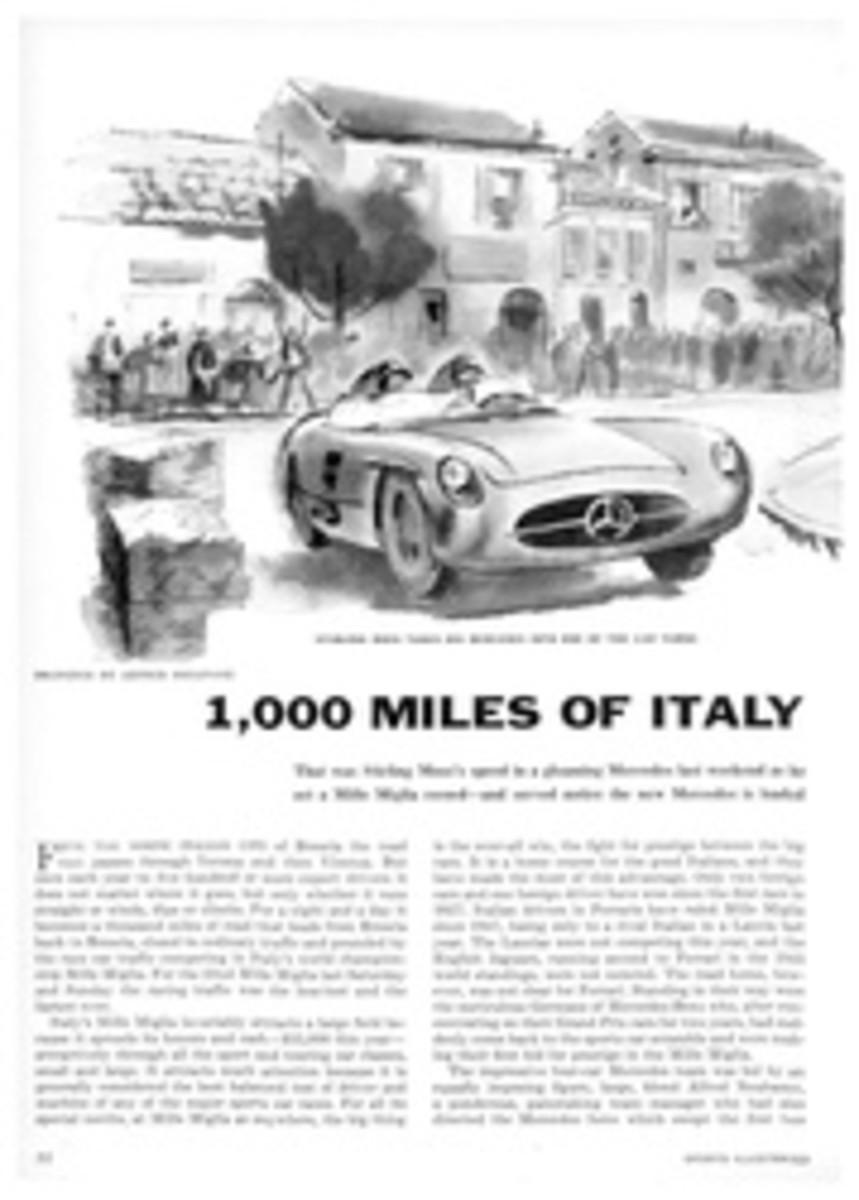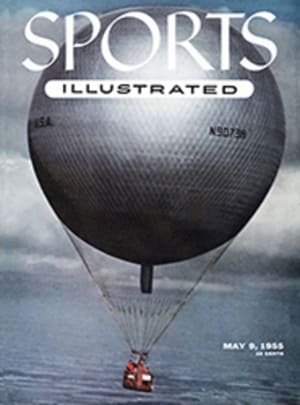
GONE ARE THE DAYS OF THE GALLUS-SNAPPING RUBE
Several years ago some people in Hollywood acquired the motion picture rights to a novel of mine concerned with the doings of a New York baseball team. Two writers were put to work on the screenplay and when they had finished, the director brought it East for me to read.
Unlike the timeworn writer-versus-Hollywood pattern, I was not outraged by what they had done to my story. They had switched the ball club to Brooklyn but that was all right. The one thing that did give me a slight shock was the manner in which California screen-writers had the ballplayers talking. Every one of them talked as if he had been born and reared in Brooklyn, saying "dem" and "dese" and "goil" and "awreddy" and suchlike.
It was necessary for me to recite the facts of life to those screenwriters and I did it by long distance telephone. I was tolerant of their mistake, knowing that they were both Californians, and knowing also that Californians are apt to be confused by major league baseball.
"Except for one or two," I told them, "big league ballplayers don't come from Brooklyn. The great majority of them come from places like the Carolinas and Georgia and Arkansas and Oklahoma and Texas. The talk you hear around a ball team is usually hillbilly talk and never Brooklynese. It's like listening to a bunch of farmers. Get it straightened out or you'll be the laughing stock of the whole North Temperate Zone."
In time the picture was made and I saw it. The language of the ballplayers still didn't suit me—they all talked as if they came from...well, from California. That certainly wasn't right but it was better than having them speak the colorful and mysterious language of the Gowanus.
Time passed, and occasionally I'd catch myself speculating on the geography of baseball, wondering why it is that the players are usually back-woodsy sort of people. Then one day recently the subject came up in the barber shop where I do most of my baseball arguing. I said flatly that 90% of all big league ballplayers were country fellows. I nearly fell out of the chair when both barbers agreed with me.
All baseball arguments in barber shops end up with intemperate yelling, and this was no exception. We agreed on the general principle, but quarreled over the details. I gave it as my opinion that South Carolina produces more ballplayers than any other state.
"Sheez!" exclaimed one of the barbers. "How crazy can you get? Most of them come from Texas—anybody knows that."
The other barber proclaimed the both of us to be in need of mental hygiene. He said Oklahoma. So I decided the time had come to resolve the question: Where do ballplayers come from?
Now it happens that in the offices of SI there are certain people who are modern-day marvels, able to do the same kind of work as UNIVAC and the other mechanical brains that sit around clanking out high analytical thoughts. Since this year's teams have not yet cut back to their basic limit of 25 players each, we got together a list containing the names and birthplaces of all the big league players of 1954; we sprinkled a little salt on it and fed it into our human UNIVAC and after a while it kicked a sheet of paper into a box and we had the answer. It was a cruel sort of blow to me because it showed conclusively that the state which produces the greatest number of major leaguers is...CALIFORNIA! And after California...well, here's the way the first 20 stack up:
[originallink:10460841:42781]
And there is my own dear South Carolina way down at the bottom, tied with Connecticut, Louisiana, Tennessee and West Virginia with six ballplayers. And Georgia? Still further down the list with only five. Surely, I thought, this California-Pennsylvania-New York leadership must be a thing of recent development. We decided to try it again. This time we put together a roster of all major leaguers who were playing 20 years ago, during the season of 1934. Into the hopper went this list. Clank, clank, whirr, whirr. And who came out on top? CALIFORNIA!
Michigan and Wisconsin were tied with Georgia and Kansas at five each.
So, if California led in 1934 and again in 1954, it's only fair to assume that California has been the leading producer of baseball players in all of the intervening years.
A comparison of the two tables shows that there have been some changes. Both Pennsylvania and New York have made substantial gains. Michigan, with only five players in 1934, gave us 21 in 1954. And foreign-born players have increased from four to 18. Among the states that have lost ground are Massachusetts, Texas, Tennessee and Kentucky.
Conclusion No. 1: the legendary gallus-snapping rube is a minor factor in major league baseball.
Conclusion No. 2: a barber shop is an excellent place to get a haircut.
ILLUSTRATION
"Let's find some bar where the Giants are winning."
ILLUSTRATION
"Don't use all the hot water!"
1. California | 41 |
2. Pennsylvania | 38 |
3. New York | 34 |
4. Illinois | 30 |
5. Ohio | 25 |
6. North Carolina | 24 |
7. Michigan | 21 |
8. Missouri | 19 |
9. Texas | 19 |
10. Foreign | 18 |
11. Alabama | 16 |
12. Oklahoma | 13 |
13. New Jersey | 11 |
14. Virginia | 10 |
15. Massachusetts | 9 |
16. Arkansas | 8 |
17. Wisconsin | 8 |
18. Connecticut | 6 |
19. Louisiana | 6 |
20. South Carolina | 6 |

